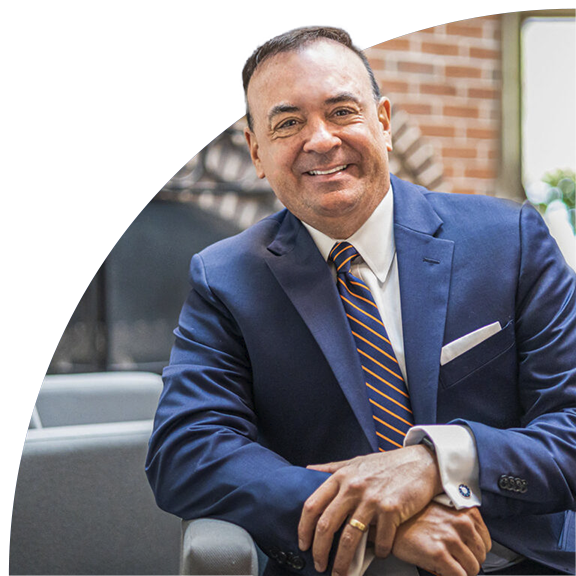The Digital Revolution
Unveiling the Cost-Effectiveness of Digital Marketing over Print in your Branch.
In an era characterized by rapid technological advancements and digital transformation, financial institutions face a pivotal choice when it comes to marketing strategies. Traditional print marketing, once the cornerstone of advertising, is rapidly yielding the spotlight to the dynamic and cost-effective realm of digital marketing. In this article, we’ll explore why branches are increasingly favoring digital marketing over its print counterpart and how this shift translates into significant cost savings.
The Digital Landscape Unveiled
Before delving into cost considerations, it’s crucial to understand the digital marketing landscape’s evolution. Digital marketing encompasses a wide array of channels, from social media and email marketing to digital messaging and advertising. This versatility empowers financial institutions to tailor their marketing efforts to reach their target audiences, thereby optimizing their return on investment (ROI).
Counting the Costs of Print
Print marketing, while a tried-and-true method, is not without its financial challenges. Consider the expenses associated with third party designing, printing, and distributing physical materials like brochures. These costs quickly accumulate, especially for products and services that have ever-changing product and services information.
Digital marketing prevents the cost of printing information that can quickly become obsolete. In so many cases, a lot of print marketing becomes outdated then gets put on a shelf or becomes scrap paper. Digital messaging allows for the most updated and accurate information to be displayed to target audiences, creating trust, transparency, and internal efficiency for your marketing staff.
Digital Marketing: The Cost-Efficiency Champion
Targeted Marketing and Audience Segmentation:
One of digital marketing’s hallmarks is the ability to precisely target audiences. Using data analytics and user behavior insights, Branches can tailor their messaging to specific demographics, interests, and behaviors. This laser-focused approach maximizes the impact of your marketing spend.
Real-Time Analytics and Performance Tracking:
Unlike print marketing, which can be challenging to measure accurately, digital marketing provides real-time analytics. Your branch locations can track performance, monitor website traffic, and calculate ROI with precision. This data-driven approach allows for quick adjustments and optimization to achieve better results.
Cost Savings in Action
Case Study: Digital Advertising vs. Print Ads: A regional retailer allocated a portion of its advertising budget to digital platforms instead of traditional print ads. Over the course of a year, they achieved a 25% higher ROI through digital advertising due to better audience targeting and lower costs.
Other Benefits: Compliance and Accuracy
In banking, every marketing piece includes a disclosure. These disclosures often change, particularly if there are rates involved. Financial Institutions managing print materials spend hundreds of thousands of dollars a year printing and shipping to maintain accurate information in the branch network. Digital marketing and print-on-demand systems have been a tremendous disruptor in this area, saving costs and ensuring that the information being shared with consumers is always accurate and up to date.
Navigating the Transition
While the advantages of digital marketing are clear, transitioning from print to digital requires careful planning. Here are some strategies to consider:
- Set Clear Goals: Define your digital marketing objectives to measure success accurately.
- Invest in Training: Ensure your team is equipped with the skills needed to execute digital marketing campaigns effectively.
- Budget Wisely: Allocate your budget strategically across various digital channels based on your target audience and marketing goals.
- Stay Informed: The digital landscape is continually evolving. Stay up to date with industry trends and adapt your strategy accordingly.
- Find the Right Partner: To achieve your objectives, find the right partner that offers turnkey solutions for technology, including secure, simple, and stable integrations of the right technology software, and hardware for your branch network.
In conclusion, the shift from print to digital marketing is not merely a trend; it’s a strategic move to optimize costs and achieve superior results. Businesses that embrace the cost-effectiveness of digital marketing are not only reducing their marketing expenses but also unlocking the potential for more targeted and data-driven campaigns. As the digital revolution continues, those who adapt will find themselves at the forefront of marketing innovation and efficiency.
Need More Information?
Start the conversation by completing this form.




